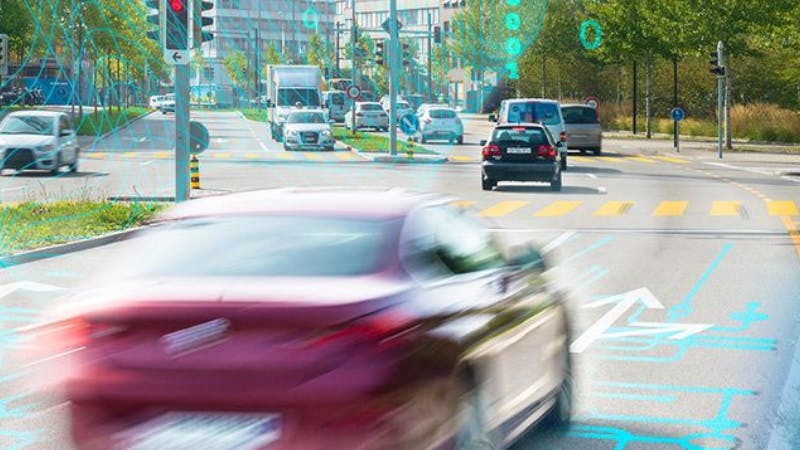The digitalization of the product development cycle is the way to deal with the ever-increasing complex products and complex product development processes. Virtual design methods or simulation models can only be adopted when these are lean and sufficiently realistic. Test-based Frequency Response Function (FRF) information enables the correlation of these virtual models with reality. This webinar shows three stories that demonstrate FRF data acquisition, followed by applying analysis modules with our seamlessly integrated Simcenter solutions.
In this webinar, you will learn:
- How hybrid modeling uses test and CAE data
- How FRF test data can help improve CAE models
- How acoustic FRFs support vehicle package NVH design
Digitalization in the NVH domain: merging physical test and simulation
Part 1 of the webinar shows solutions to use test-based FRF information to represent complex parts in a CAE assembly, which are typically difficult to model accurately and efficiently. We explore the collection of transfer functions using Simcenter Testing Solutions, where we discuss the essentials to obtain accurate vibroacoustic frequency response function or transfer functions. These transfer functions can be collected directly or reciprocally with Transfer Path Analysis (TPA).
Mitigate the 'garbage in, garbage out' risk: feed the virtual modal model with accurate frequency response function data
Part 2 describes analyzing the performance of a structural model of a stator of an electric motor.
The modal response of the model is validated against test data of the same part. Here, the following concept holds 'garbage in, garbage out.
The webinar shows in-depth how to obtain proper transfer functions using Simcenter Qsources excitation hardware. Dedicated Simcenter Qsources exciters are used for the acquisition of high-frequency FRFs.
This Frequency Response Function data is used for the experimental modal analysis. This modal model is used for validation of the virtual model.
High-Frequency vehicle body isolation: capture accurate test data for NVH refinement
The last part of this webinar deals with the acquisition of frequency response data used in the industry to assess the isolation of complete vehicle bodies.
This is challenging as the upper frequency of interest moved beyond 5kHz due to the electrification of drivelines and integration of other mechatronic components in a vehicle.
This form of sound package characterization takes place in both research and development centers and production sites within quality control.
Get updated on the measurement procedure, as well as data quality checks. The Frequency Response Function dataset also serves in advanced transfer path analysis methods.
Meet the expert: Tom Knechten
Tom Knechten started as an engineer executing consulting projects in the NVH domain. The collection of high-quality frequency response function (FRF) information was a major task in view of experimental modal analysis and a variety of transfer path analysis methodologies.
Grown from project engineer through project lead to technical product manager's actual position, Tom looks into solutions that enable highly accurate transfer function measurements efficiently and integrated into the customers' workflow.
Meet the Speaker

Tom Knechten
Product Manager
